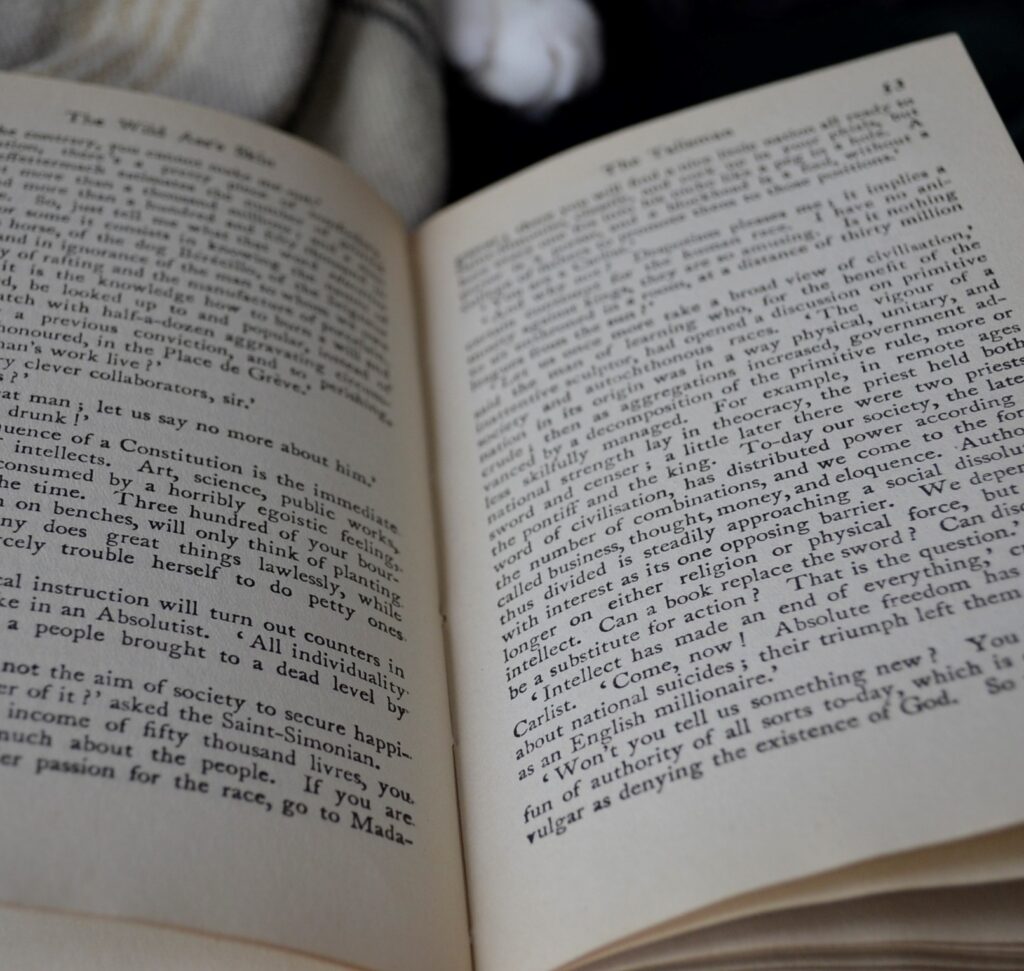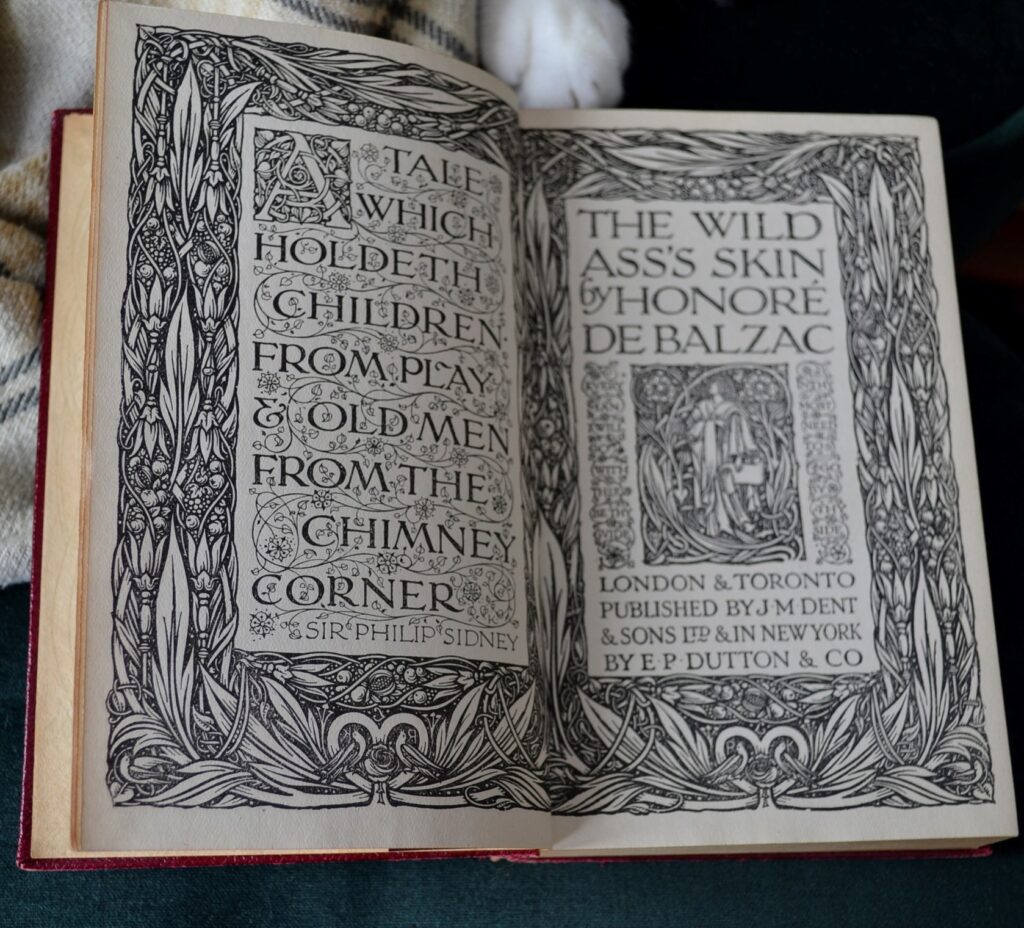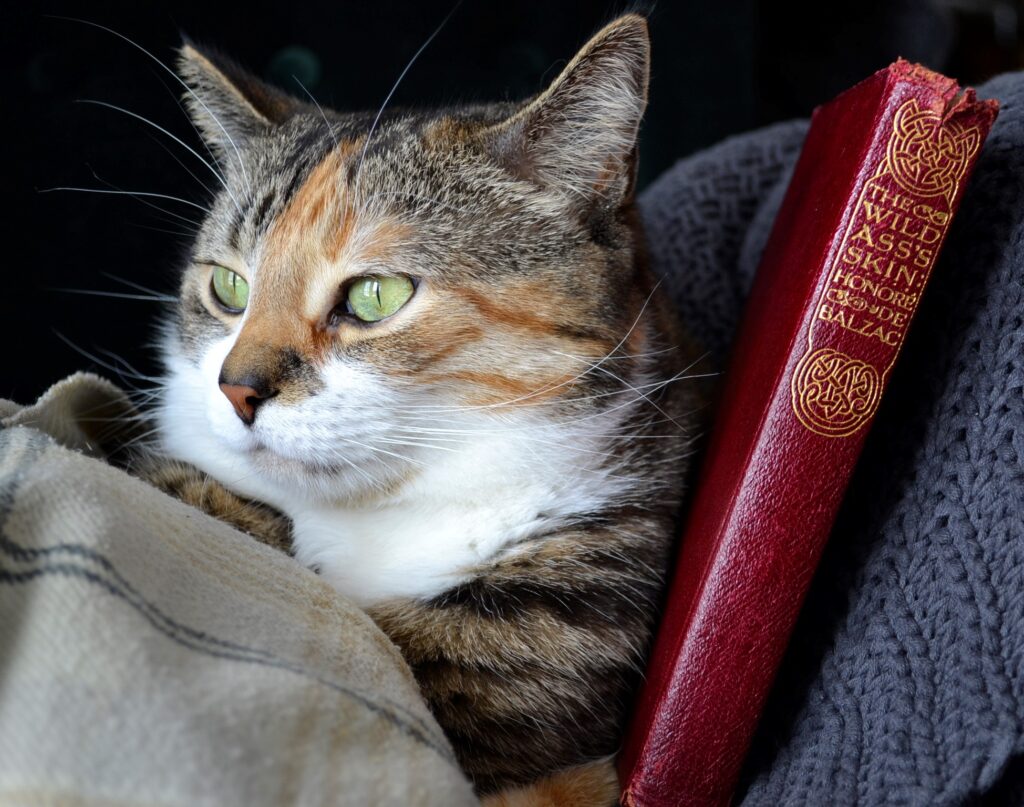I Miss Coffee That Isn’t Brewed in My Kitchen
As we enter another period of lockdown in our province, it makes me think about last March and the last time we went to our favourite local coffee shop before the world changed. Balzac’s sits nearly at the end of main street, and when you sit inside of it, it’s easy to forget that you exist in the modern world. The tin ceiling design and the white marble of the counters as well as the café set up are a comforting beckon to the past and the distant, and it was sitting at one of those counters by the window that I thought about starting a book review blog in the first place.
I had been reading a lot in the past year and I wanted to write about that reading and about books. My lovely spouse encouraged me and put in hours upon hours building the website that would shortly feel like an indelible piece of our lives.

I didn’t know that at the time. I also didn’t know what the next nine months would bring and the new realities we would be faced with — including the changes to the coffee shop experience I’d become attached to. We still get Balzac’s coffee and we enjoy it at home, but nothing can quite compare to sitting at a small table and idly talking about writing while listening to the din of the café echoing across the tin ceilings.
What One Finds in an Antique Shop
The story of The Wild Ass’s Skin (La Peau de Chagrin) starts with a young man who has lost his last coin at the gaming table and is now resolved to throw himself into the Seine. Waiting for nightfall, he decides to go into an antique shop and, after a lush description of all the treasures inside, he stumbles upon a skin hanging on the wall. The shop keeper gives it to him, warning him that it will grant his every wish, but slowly shrink in doing so. When the skin ceases to be, so will the man himself.
The novel is the journey of this young man to his eventual destruction as well as an examination the desire for material wealth and the corruptive nature of it.

The Perils of Materialism
Balzac was writing at a time when French society was steeped in luxury, overindulgence, and opulence. The disparity between the classes was growing, and the rich were very rich, while the poor were destitute. The main character of the novel, Raphael, wants money, power, and the love of a woman that will never love him in return. At first, not believing in the power of the skin, he makes wish after wish, before the realization that he is paying with his life. Then he strives to use wealth to have a life that needs no wishes at all.

He fails at this — and decides to throw the skin away. But it doesn’t stay away and soon he’s trying to beat it at its own game. When that proves impossible, he spends the rest of the time he has trying to find the meaning in life that he has missed and cannot grasp.
The Wild Ass’s Skin is a tale about how life is not about material gain or luxury and that it should be savoured. It might sound cheesy but, at its core, Balzac is trying to tell the reader that the best things in life are free. Nature. Love. Breathing. Enjoying living. Savouring every moment that you have the fortune to have.

That isn’t to say that the novel is cheesy. Balzac’s mastery of writing is something that can be utterly immersive for the reader. The passages describing the antique shop and the wares inside stick with you because it feels like you walked through the door yourself and held the items in your own hands.
A Word About Balzac
Balzac was a famously prolific coffee drinker, but that wasn’t the particular nugget of information that I wanted to discuss. His work is compelling and he remains one of my favourite authors, but I have to admit that sometimes I look on starting a Balzac novel with a bit of reticence.
You see, like Proust, you need a bit of patience with Balzac and you need a bit of time. His novels start with lush descriptions that are incredible, but don’t exactly translate to a brisk pace. This contrasts greatly with the middle and end of his novels which tend to go along at the perfect pace. The best advice I give readers who are new to his work is just to stick to it and give it time to unfold. You’ll be richly rewarded if you just sit back and let yourself be guided through the atmosphere and setting that Balzac painstakingly illustrates.

I Miss Coffee but I Really Love Teatime
Though I miss coffee at Balzac’s, our daily ritual of teatime has been a huge comfort to me. Every day in the mid afternoon, my lovely spouse and I pause in whatever work we’re doing so that we can share a cup of tea and usually some type of cookie or chocolate and chat about how our day is going. It can turn a bad day into a good one, or at the very least makes the day’s trials easier as we take the time to step back, take a breath, and really examine how we’re feeling.
It sounds simple, but it really helps and I’m always grateful for teatime, because it makes life feel less hectic. It helps me savour every moment and be grateful for being alive and cozy in our sitting room with all of our cats around us.

So concludes my first post of the New Year and the first post in my New Year, Old Books feature. My copy of The Wild Ass’s Skin was printed in 1919.
